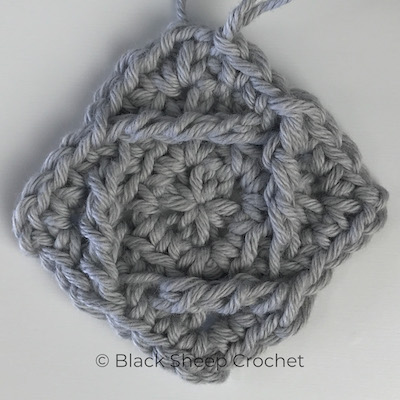Hello there, I’m Petra, aka PeBa BlackSheep.
I believe that everybody’s got a story and I like to collect and create stories written in yarn to share them with you.
About Black Sheep Crochet
The mission of Black Sheep Crochet is to collect or create 1000 and more stories in yarn. That is 1000 patterns that are inspired by a book, someone’s experience, an (auto-)biography, or a significant event. By purchasing the ad-free version of a free pattern, you bring Black Sheep Crochet one pattern closer to this mission. Thank you!
Some pages may contain affiliate links, which means when you buy through them, that business is supporting our mission as well through a small referral commission at no additional cost to you. I only refer shops and services that I know to be of a high standard and that I believe to offer value to my flock members. Your support is much appreciated and will help me to keep posting patterns, tutorials and stories written in yarn.

